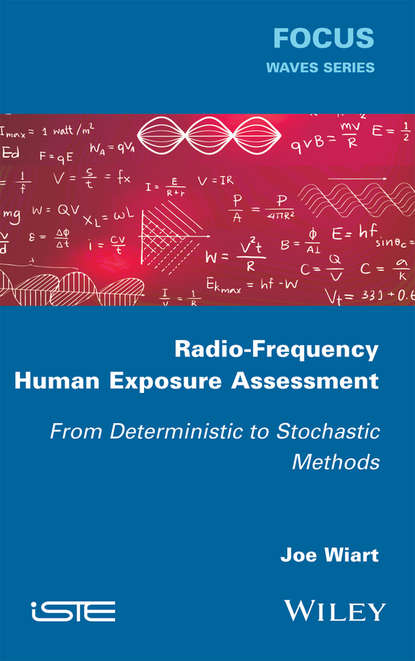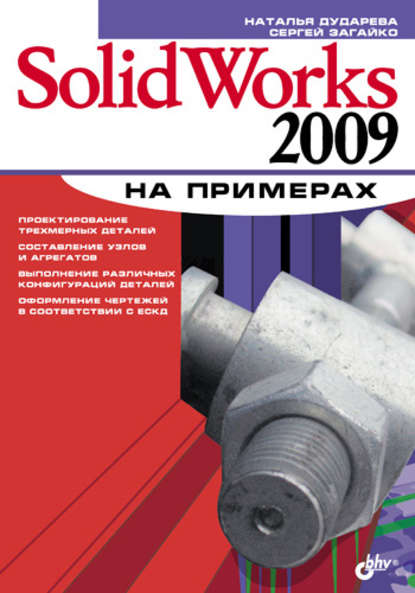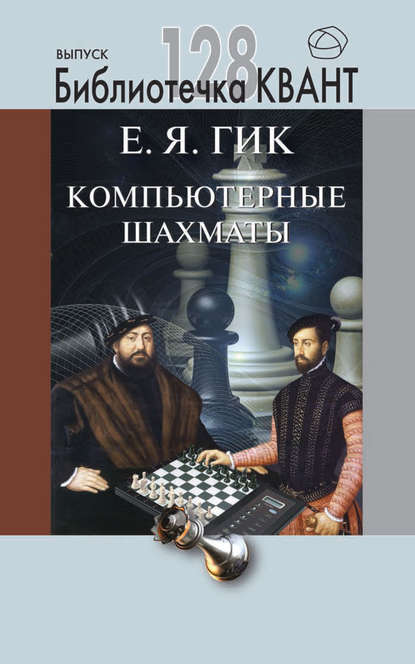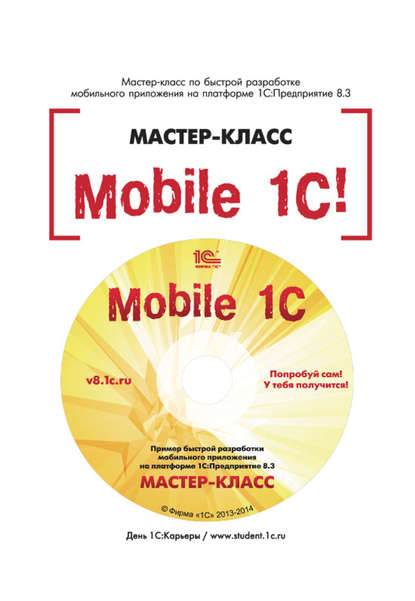Книга "Оценка воздействия радиочастотного излучения на человека" посвящена проблеме оценки воздействия электромагнитных полей радиочастотного диапазона на здоровье людей. С развитием беспроводных технологий и использованием мобильных телефонов, планшетов и других устройств, возрос интерес к изучению воздействия этих технологий на организм человека. Для оценки рисков здоровью были проведены медицинские исследования, а также разработаны методы дозиметрии и протоколы, которые могут использоваться для оценки воздействия электромагнитных полей на человека и проверки соответствия нормам безопасности. Книга охватывает основные и продвинутые методы, которые были разработаны для оценки воздействия радиочастотного излучения на человека. В ней рассматриваются экспериментальные, численные, детерминированные и стохастические методы.
Nowadays, approximately 6 billion people use mobile phones and these devices play a central role in our daily life. In the 1980s, there was a tremendous increase and democratisation of wireless technologies. Concurrently, millions and millions of wireless access points/base station antennas were installed all over society to connect thousands of mobile phones, desktop computers, and recently tablets. Furthermore, small cells and the subsequent Internet of Things, with, potentially, billions of interconnected devices, make this trend far from fading. Individuals around the globe regularly use these latter devices, introducing into the ecosystem a new player when it comes to exogenous exposure to electromagnetic fields. Notably, the production, usage and possible psycho-social effects of electromagnetic radiation have become a focal point of renewed public concern.
Fundamental to addressing this global societal concern is the task of assessing public exposure. A plethora of literature on human radio-frequency exposure exists with some early work dating back to as far back as the mid-1970s! While some foundational studies provide invaluable context, unecessary overlapping or even prevalent a lack or references to other studies is to be avoided. Presented with so many studies, researchers often feel overwhelmed in gauging which to utilise in their own work and which are either redundant, outdated, reproducible, etc. This is a noteworthy and largely untapped area of expertise for engineers and researchers from various domains to specialise on and truly contribute to society’s general knowledge base. This chapter will aim to synthesise the wealth of RF, EM exposure assessment knowledge and insights spread across various fields. By moving past the seemingly infinite volume of material that is currently published on the subject, I hope the reader will find the treatments in this chapter useful as a learning resource.
Nowadays, on average, roughly 6 billion individuals make use of a cell phone, and they have become entrenched in our every-day life. In the 1980's, there was a significant upturn in the utilization of public wireless networks, as communications technology became more readily accessible. To bring about the connection of hundreds of millions of mobile phones, personal computers, and, most recently, tablets, we must rely on the deployment of numerous cellular access networks and high-powered base stations. Bigger cells, also known as "microcells," as well as the Internet of Everything (IoE) with its countless connected devices, will drive this growth trend. In light of this developing usage of wireless communication, there has emerged a concern about the public health risks associated with RF electromagnetic radiation. Biomedical research efforts have spurred on not only for the understanding of radiobiological effects but also the development of dosimetry techniques and protocols for evaluating RF exposures and ensuring compliance with applicable regulatory limits. Pioneering efforts to develop dosimetry models date back to the 1970's and remain an active area of research, with new models being developed and refinements to existing models ongoing. Consistent laboratory tests and computer simulation were extensively conducted in these decades, and experimental methodologies include conducting animal bioassay experiments and physical measurements inside and outside human body. Simulations, particularly those employing the finite element method, augment experiments as tools for predicting human exposure statistics. And theoretical frameworks, such as those managing spherical harmonic expansion, were developed to model far-field RF fields. As sophisticated computing facilities became available to researchers, data assimilation techniques were devised to integrate diverse models and data sets. Meanwhile, engineering approaches were also taken, especially regarding the design of transmitters, such that the incident RF environment is reduced for workers. These include lower intermodulation products that result in unwanted signals of interest in biological tissue that conform to National Council on Radiation Protection and Measurement (NCRP) limits. This monograph offers a summary and tutorial of the primary and advanced measurement methodologies used in calculating RF exposures that affect individuals across many occupational contexts and populations, encompassing experimental techniques, numerical modeling, deterministic forecasts, and probabilistic analyses. We also discuss experimental studies concerning validating experiments in vivo and in vitro as well as computational analyses concerning simulated RF exposures. The reader able to also analyze RF and EM simulations, approaches that take advantage of multiple modeling paradigms, making it possible to quantify RF exposures across a broad range of scenarios, depending on setting and area of study. Many modeling design efforts are influenced by specific studies, or groups of studies, with which to validate models, or tweak model parameters based upon knowledge compiled during these initial studies. Following a sidebar glistening with 'key biomarkers and pathophysiological mechanisms can each provide insights into human health under chronic RF exposures'.
Электронная Книга «Radio-Frequency Human Exposure Assessment» написана автором Joe Wiart в году.
Минимальный возраст читателя: 0
Язык: Английский
ISBN: 9781119285144
Описание книги от Joe Wiart
Nowadays approximately 6 billion people use a mobile phone and they now take a central position within our daily lives. The 1990s saw a tremendous increase in the use of wireless systems and the democratization of this means of communication. To allow the communication of millions of phones, computers and, more recently, tablets to be connected, millions of access points and base station antennas have been extensively deployed. Small cells and the Internet of Things with the billions of connected objects will reinforce this trend. This growing use of wireless communications has been accompanied by a perception of risk to the public from exposure to radio frequency (RF) electromagnetic field (EMF). To address this concern, biomedical research has been conducted. It has also been important to develop and improve dosimetry methods and protocols that could be used to evaluate EMF exposure and check compliance with health limits. To achieve this, much effort has was made in the 1990s and 2000s. Experimental and numerical methods, including statistical methods, have been developed. This book provides an overview and description of the basic and advanced methods that have been developed for human RF exposure assessment. It covers experimental, numerical, deterministic and stochastic methods.



















